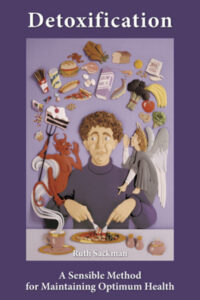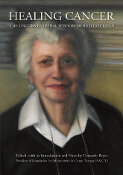Peas
Peas have an ancient and romantic history. Dried peas were discovered in a tomb at Thebes, and they were uncovered among the ruins of ancient Troy, where they had been buried in pottery jars for some thirty-four centuries. There can be no doubt that they were well known in Greece and Rome. In fact, in the Middle Ages peas were grown to insure families against the famines which were frequent in those times. Armies included them in their rations.
The oldest use of the pea was in its dried form. Only in the Middle Ages did people begin to use green peas, cooking the pods whole and eating the peas from the pod. Of course’, in England the use of peas were so common that they are immortalized in nursery rhyme: “pease porridge.”
As colonial settlers in America, the English brought with them a large variety of peas. Today they are grown all over the United States and, of course, form one of the most important commercial canning and freezing industries.
There are a variety of different peas, and several are suitable for eating, pod and all, the best known probably being the delicate Chinese pea. All peas should be used fresh, young and tender for the most value and delight.
The pea is a legume. Although when fresh it is three-quarters water, the dried pea is rich in protein 25%. However, the carbohydrate element predominates, being 61% of the composition. Peas, especially fresh, are rich sources of vitamins A and C, while the dried ones supply ample B vitamins. Minerals include calcium, phosphorus, magnesium, chlorine and potassium.
For preparation, use raw in salads as much as possible; shell, wash and steam or use in broth. The pods are also good to make into juice, or use in a broth with the peas. Dried peas come in both green and yellow varieties, split and whole. They are best prepared by pre-soaking overnight, or thermoscooking. Used in soups or vegetarian loaves, they make an effective meat substitute.
Tomatoes
The first man to eat a tomato has a monument erected in his honor in Newport, Rhode Island. Up until then they were thought to be poisonous. Originally they were grown for ornamental purposes. It was only in 1818 that they were offered as an edible vegetable. Then they grew rapidly in popularity.
Tomatoes are a native of Peru or Central America. Related to the eggplant, pepper and potato, types vary from the tiny cherry to the grand one-pounders, obviously hybrids because of their preponderance of firm flesh over seeds. Some are very sweet, others acidic. Their many colors are a boon to salad makers.
Tomatoes are a good mineralizer, being high in potassium, sodium, and chlorine; and also vitamins A, B, C and riboflavin. Belonging to the class of citrus and, therefore, having present citric acids, they can stir up a lot of trouble in some people, although they have an alkaline ash. Unless they are organically grown and vine-ripened, they can be very acid indeed. Bought at the market, beautiful rosy tomatoes may be cut open to show green seeds. This means they are not really ripe they have been picked green and “ripened” by the wholesaler.





